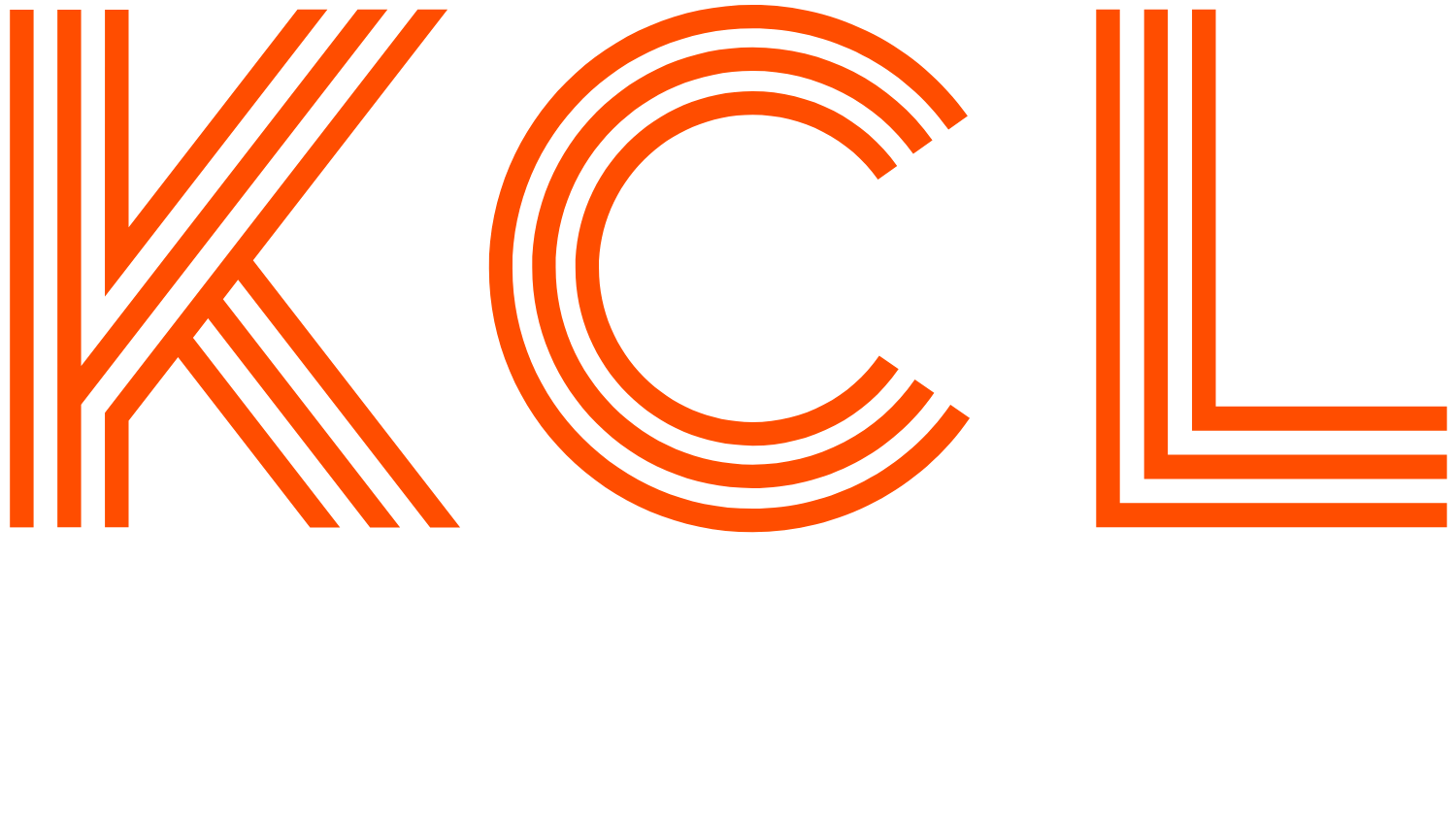As part of the Victorian Government’s overhaul of the laws regulating owners corporations, new regulations have been implemented together with the amendments to the Owners Corporations Act 2006 (the Act).
Recently, we published an update explaining the key amendments to the Act. This update summarises and explains many of the new regulations which are now in effect.
Participation in a meeting
Reflecting what has occurred since the commencement of the Covid-19 pandemic, the new regulations make it clear that a lot owner who participates in a general meeting by teleconferencing pursuant to section 80 of the Act, or who participates in a committee meeting by teleconferencing pursuant to section 112(4) of the Act, may do so by using video conference facilities such as Zoom and other similar platforms.
Interestingly, the regulations do not seem to confirm that a person attending a general meeting by video conference is actually in attendance at the meeting. However, the regulations do expressly state that a person attending a committee meeting by video conference is actually in attendance at the meeting. This seems to be an oversight which may create some inadvertent consequences for the calculation of quorums at meetings.
Voting at a meeting
Section 89(1) of the Act provides that a person may vote on a resolution at a meeting by a show of hands or in another prescribed manner, unless the meeting resolves otherwise.
Regulation 7B sets out the alternative prescribed manner, specifically completing a form either in hard copy or electronically which includes the following:
- the owners corporation plan number;
- the lot owner’s name and address;
- the lot number;
- if the vote is being cast by proxy, the name of the proxy;
- the closing date for the vote;
- whether the motion requires an ordinary resolution, a special resolution or a unanimous resolution;
- the text of the motion;
- any voting instructions;
- a statement that explains the implications of abstaining from a motion;
- a statement that the lot owner has the right to appoint a proxy; and
- the signature of the lot owner or the proxy and the date of the signature.
This essentially means that a person voting at a meeting (whether that person is physically present at the meeting, attending by telephone or video conference or represented by a proxy) can vote by show of hand (if physically present) or by voting card. However, that voting card must satisfy the above requirements.
Unfortunately, this regulation seems to mix in the requirements for a ballot with the requirements for voting at a meeting which makes the regulation confusing.
Proxy forms
While there are some amendments to the prescribed proxy form, they do not change the substance of the form. However, they do remind the giver of the proxy that if they direct their proxy to abstain on a vote, their vote will not be counted towards the required majority and that a proxy holder is now limited in the number of proxies they can hold. So, it is important to check that the nominated proxy will be able to vote on behalf of the lot owner.
In order for the proxy to be valid, the new prescribed proxy form must be used.
Committee membership
Committee members who fail to attend 25% or more of committee meetings held within a six-month period without reasonable explanation will be deemed to no longer be a committee member. This will create a vacancy on the committee which the committee can fill by co-opting another lot owner or proxyholder.
Keeping of records
Section 144 of the Act sets out the various records that must be kept by an owners corporation.
The new regulations expand the list contained in section 144 to include the following:
- the telephone number and email address (if any) of each lot owner;
- records of any homicides (if known) which have occurred on the common property;
- the dates of any gas safety check, electrical safety check and pool barrier compliance check conducted by the owners corporation;
- details of any outstanding recommendations for work to be completed from a gas safety check and electrical safety check; and
- notices, orders, declarations, reports or recommendations issued by a building surveyor, municipal building surveyor, public authority or under an Act relating to any building defects or safety concerns associated with the common property.
More information
If you would like to discuss these and other amendments to the Act and Regulations, please contact Anton Block, Principal Lawyer and Head of Owners Corporation, on (03) 8600 8833 or ablock@kcllaw.com.au, or Catherine Emmerton, Lawyer, on (03) 8600 0713 or cemmerton@kcllaw.com.au.
Author
This Owners Corporation update was authored by Anton Block, Principal Lawyer.
Note: This update is a guide only and is not intended to constitute legal advice.
